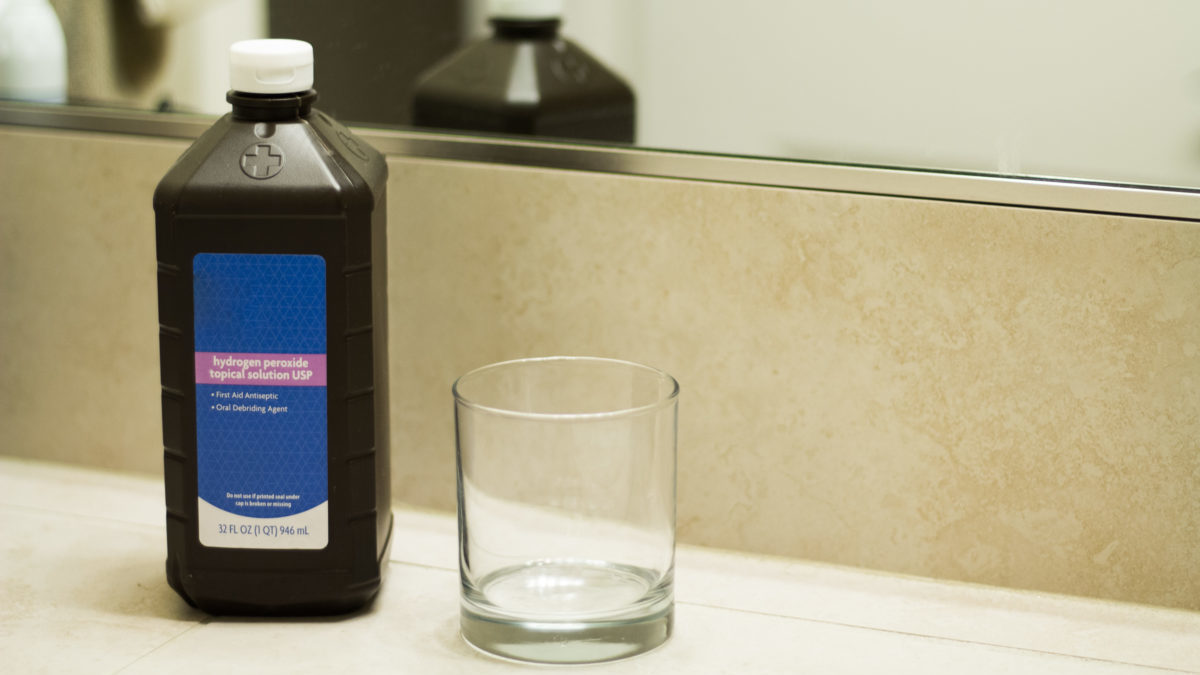OK...so...that was a journey. Basically did plenty of research on how to properly wash and buff a car. I'm 41...might as well learn sometime. If anyone is interested, here is the process I landed on and thoughts on various products:
Wash:
I already own an electric pressure washer with 40° nozzle, so that was nice.
1. Pressure wash car as a prerinse (gets any major dirt particles off, but doesn't remove road film/dust).
2. Foam cannon a side of a car at a time (though foam the front bumper and wheels as a prewash. Bought ttps://www.amazon.com/gp/product/B085NX4D5Y/ref=ppx_yo_dt_b_asin_title_o09_s01?ie=UTF8&psc=1 for cheap, works well with a gallon of Meguiars polymer wash and wax from costco that was $11 on sale. Would foam better with Meguiars gold wash (since it doesn't have a wax as part of it), but still works fine. Though I did buy a $5 1.1mm orifice swap since I have an electric pressure washer
https://www.amazon.com/gp/product/B088TQ35BH/ref=ppx_yo_dt_b_asin_title_o06_s00?ie=UTF8&psc=1 )
3. Do the 0 bucket method. Basically, use 4-5 damp microfiber towels (costco kirkland yellow ultra plush microfiber ...36 for $15). Fold each towel in 4ths, so you have 8 sides to work with. Means, you never have to use a rinse bucket, or buy grit guards that don't really work, and never have to "resoap" your towel since the soap is already on the car. Saves a lot of time and is really safe since you are using "fresh" cloth all the time. I tried the 2 bucket method with rag company wash mitts but 0 bucket method is cheaper, safer and faster.
4. Finish all 4 sides, then clean wheels with microfiber towel that will only touch the wheels.
5. Rinse off with pressure washer.
6. Dry car. First I used meguiars water magnet towels, but then got Rag company "the big one" (basically larger dry me a river towel), and a double twistress and a twist 'n shout. I like the waffle weave for glass and really like the twist 'n shout. Though...still need to try them more before making an opinion.
Buffing:
As an additional step in the Wash before drying (so new step 6 and 7), I foam the car again and use a clay mitt instead of traditional claybar (
https://www.amazon.com/gp/product/B00DOS0LH2/ref=ppx_yo_dt_b_asin_title_o02_s00?ie=UTF8&psc=1). I use the foam as the claying lubricant, and the clay mitt, while not 100% as effective as claybar, is extremely fast. Rinse off afterwards, then dry.
I bought the maxshine m8s dual action orbiter, which is only slightly more expensive than the harbor freight buffer, but doesn't need modifications, and comes with a 5" backing plate, and can also use a 3" backing plate. The old griots 6" DA is discontinued, and the new one comes with a 6" and you are not supposed to use a 3" backing plate with it, so thats why I got the maxshine, which seems to be a great value. Had 0 issues with the orbiter, and was decently quiet and didn't have a ton of vibration.
I bought 2 each of 5.5" lake country ccs pads (orange, white and black), though later bought 2 meguiars microfiber cutting pads. I later learned that your compound is the biggest determining factor in cutting factor vs pads, but now I have a bunch of pads.
I first tried Meguiars ultimate compound, with orange CCS pads, but it was not cutting enough to remove the spots in a reasonable amount of time. I then got some Meguiars 110, and Griots fast cutting compound, which when combined with the microfiber pads, was able to decently remove the spots. Well, either completely remove the spots or significantly fade them. Meguiars 110 cut fine, but made a LOT of dust, so I prefer the Griots, which only made a little bit of dust and cleaned off VERY well. The Meguiars ultimate compound wouldn't wipe off that easily sometimes.
I also hand buffed certain spots where the buffer couldn't work very easily, which was a pain (a lot of fast hand rubbing), but got the spots off. Still, compounding took...a few hours since I was new to everything.
I have a white car, and the griots compound cuts then polishes a bit, so I didn't do a second polishing step. I didn't have any haze.
On my other car, I washed then waxed with Meguiars ultimate liquid wax, which was quick with the orbiter, though I then learned about newer products like turtle wax hybrid solutions ceramic spray coating which would last longer and perform better, so switched to that for the MY. Took about 45 minutes to apply, compared to maybe...25-30 minutes for the liquid wax, but I also did the glass, which I'm not sure if I'll do again since it was harder to not have streaks and...its a more important area to not have streaks. I'm mainly concerned about the paint anyway. So that would cut it down to 30 minutes for sure. Easy to apply with a microfiber application pad and then microfiber towel to wipe off.
I used simple green to clean those towels used for the ceramic spray, and then immediately washed, but they are hydrophobic now so will only use them for re-waxing. I probably won't bother with rags to riches to revitalize them since they are stupidly cheap rags.
I did buy the companion hybrid solutions Ceramic wet wax as a regular wash drying aid and ceramic "replenisher", though I'm worried about using my expensive rag company drying towels with it if the wet wax is going to leave hydrophobic products on the towel and make the towels repel water (the exact opposite of what I want for a drying towel).
Anyway....it was definitely a learning experience. And now....I am going to hope the ceramic spray helps protect the paint from bug guts, and I'll wash the car more frequently and top off the wax too. I certainly hope to not have those spots again! Though I do have the tools to deal with them if they do.







